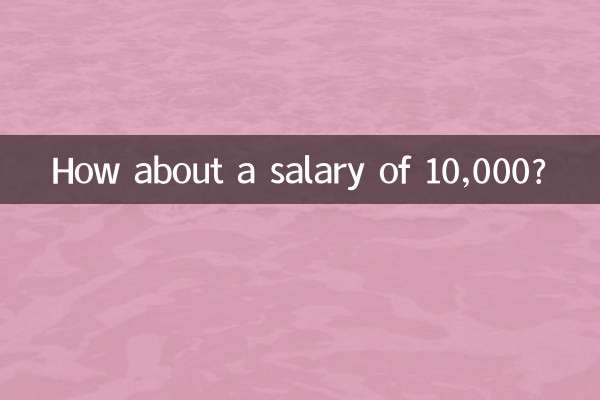What should ancient people do if they were short-sighted?
Myopia has become a common phenomenon in modern society, but it also existed in ancient times. So, how did ancient people deal with myopia? This article will combine the hot topics and hot content on the Internet in the past 10 days to explore the causes, effects and coping methods of myopia in ancient times.
1. The causes of myopia in ancient times

The causes of myopia in ancient people are similar to those in modern people, but there are also some unique factors. The following are the main causes of myopia in ancient times:
| Reason | Description |
|---|---|
| long reading | Ancient literati often had to read or write for long periods of time, which resulted in overuse of their eyes. |
| Not enough light | In ancient times, lighting conditions were limited, and the light from candles or oil lamps was dim, which easily caused eye fatigue. |
| genetic factors | Some ancient people were born with myopia due to family inheritance. |
| Malnutrition | The ancient diet had a single structure and lacked nutrients beneficial to the eyes. |
2. The influence of myopia on ancient people
Myopia had a multi-faceted impact on the lives of ancient people, especially in study, work and social life:
| areas of influence | Specific performance |
|---|---|
| learn | Myopic literati had difficulty seeing the words in books, which affected their preparation for the imperial examination. |
| work | A craftsman or artist is unable to complete his work accurately due to blurred vision. |
| social | Myopic people may be rude in interpersonal interactions because they cannot see the other person's face clearly. |
3. How did ancient people deal with myopia?
Although ancient people did not have the convenience of modern glasses, they also found some ways to deal with myopia:
| Coping methods | Detailed description |
|---|---|
| Use a magnifying glass | Ancient people used magnifying glasses made of crystal or glass to aid reading. |
| Adjust reading habits | Relieve eye fatigue by shortening reading time and improving lighting conditions. |
| Diet therapy | Eat foods that are considered good for your eyes, such as wolfberries and chrysanthemums. |
| Acupuncture and Massage | Improve vision with traditional Chinese acupuncture or eye massage. |
4. Comparison between ancient myopia and modern myopia
Although both ancient and modern people face the problem of myopia, there are significant differences in their coping methods and social impacts:
| Contrast Dimensions | ancient times | modern |
|---|---|---|
| Incidence | Lower, mainly concentrated in the literati class | Very high, especially among teenagers |
| Coping Tools | Magnifying glass, diet therapy, etc. | Glasses, contact lenses, laser surgery, etc. |
| social cognition | Myopia is regarded as a symbol of "diligence" among literati | Myopia is considered a health problem and requires active intervention |
5. Looking at modern eye protection from ancient myopia
Although modern technology provides more options to solve the problem of myopia, some eye protection methods of ancient people are still worth learning from:
1.Proper use of eyes: Ancient people paid attention to adjusting reading time and light, and modern people should also avoid staring at electronic screens for long periods of time.
2.Diet therapy and health care: Ancient people used wolfberry, chrysanthemum and other foods to protect their eyes. Modern people can also supplement vitamin A and other nutrients through a balanced diet.
3.naturopathy: Ancient people used acupuncture and massage, and modern people can also try eye exercises or relax by looking far away.
In short, although the problem of myopia among ancient people is not as common as modern people, their coping methods show the wisdom of the ancients. Today, with advanced science and technology, we should combine ancient and modern experience to scientifically protect our eyes and prevent myopia.

check the details

check the details